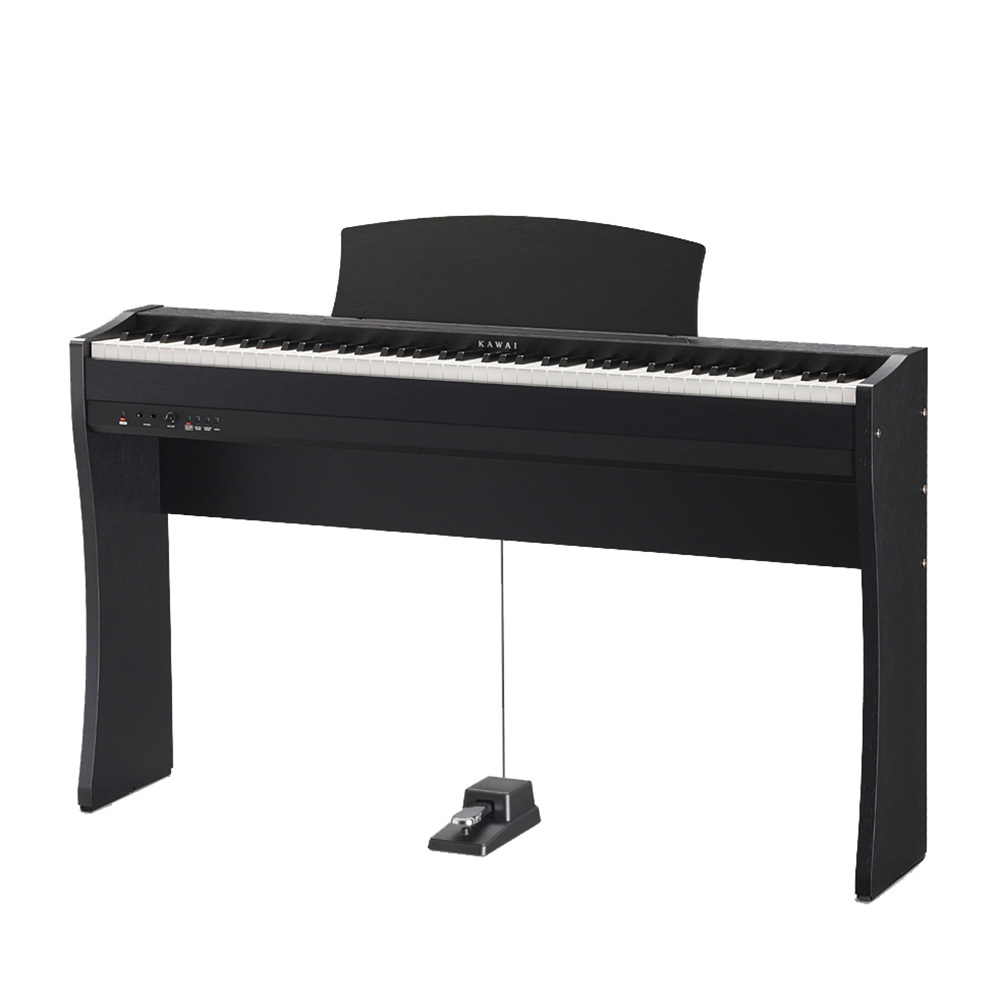1. Introduction
The Casio PX-560 digital stage piano is a powerful instrument that offers a wide range of features and capabilities. It is ideal for both professional and amateur musicians who need a reliable and versatile instrument to bring their music to life. This digital stage piano offers a variety of sounds, effects, and connectivity options that make it an excellent choice for any musician. In this article, we will explore the features, pros and cons, comparison with other digital stage pianos, how to play the Casio PX-560, different sound effects available, connectivity options, accessories needed, best practices for using the instrument, and maintenance tips for the Casio PX-560 digital stage piano.
2. Features of Casio PX-560 Digital Stage Piano
The Casio PX-560 digital stage piano is a full-featured instrument that offers a variety of sounds and effects. It has 88 weighted keys with adjustable touch sensitivity that allow you to play with precision and accuracy. The keyboard also has an integrated sequencer that allows you to record up to 16 tracks of music or audio with up to 99 patterns per track. Additionally, the Casio PX-560 has an onboard arpeggiator that can be used to create complex musical patterns with ease.
3. Pros and Cons of Casio PX-560 Digital Stage Piano
One of the biggest advantages of the Casio PX-560 digital stage piano is its versatility. Not only does it offer a wide range of sounds and effects, but it also has an integrated sequencer and arpeggiator that make it easy to create complex musical patterns. Additionally, the adjustable touch sensitivity allows you to play with precision and accuracy. However, one downside is that the keyboard does not have any built-in speakers so you will need to hook up external speakers in order to hear your music properly.
4. Comparison between Casio PX-560 and Other Digital Stage Pianos
When comparing the Casio PX-560 digital stage piano to other digital pianos on the market, it is clear that the Casio offers more features than many of its competitors. For example, it has 88 weighted keys with adjustable touch sensitivity which is more than many other digital pianos in its price range. Additionally, it has an integrated sequencer and arpeggiator as well as several sound effects that are not available on most other digital pianos in its class.
5. How to Play the Casio PX-560 Digital Stage Piano
Playing the Casio PX-560 digital stage piano is relatively straightforward once you understand how it works. The first step is selecting your desired sound from the onboard library or connecting an external sound source such as a MIDI device or computer via USB or MIDI ports on the back of the keyboard. Once you have selected your sound source, you can begin playing by pressing down on one or more keys at a time while adjusting your touch sensitivity if desired.
6. Different Sound Effects Available on the Casio PX-560 Digital Stage Piano
The Casio PX-560 digital stage piano comes with a wide range of sound effects including reverb, chorus, delay, EQ, distortion, phaser, flanger, vibrato, rotary speaker simulation and more. Additionally, there are hundreds of preset sounds available as well as numerous user programs which allow you to create your own unique sounds from scratch using parameters such as attack time, release time and filter cutoff frequency among others.
7. Connectivity Options for the Casio PX-560 Digital Stage Piano
The Casio PX-560 digital stage piano offers several connectivity options including USB ports for connecting external devices such as computers or MIDI controllers as well as MIDI ports for connecting other MIDI devices such as synthesizers or drum machines. Additionally, there are two 1/4” stereo outputs which allow you to connect external speakers or headphones for monitoring purposes as well as two 1/4” stereo inputs which can be used for connecting microphones or other audio sources such as CD players or MP3 players for recording purposes.
8. Accessories Needed to Use the Casio PX-560 Digital Stage Piano
In order to use the Casio PX-560 digital stage piano properly you will need some basic accessories such as headphones or external speakers for monitoring purposes as well as a power adapter if you plan on using it plugged into an AC outlet rather than running off batteries (which are not included). Additionally you may want to purchase additional MIDI cables if you plan on connecting multiple MIDI devices together or using multiple computers simultaneously while playing your keyboard
9 Best Practices for Using the Casio PX-560 Digital Stage Piano
When using your Casio PX – 560 digital stage piano , there are several best practices that should be followed in order to ensure optimal performance . First , always make sure that all cables are firmly connected before powering up your keyboard . Second , always keep your keyboard away from direct sunlight , heat sources , dust , moisture , etc . Third , always use high quality headphones or external speakers when monitoring your performance . Finally , always make sure that all settings are adjusted correctly before attempting to record any audio .
< h 2 > 10 . Maintenance Tips for the Casio PX – 560 DigitalStage Piano < / h 2 >
In order maintain optimal performance from your CasioP X – 560 digitalstage piano , there are several maintenance tips that should be followed . First , always keep all cables connected securely when transporting your keyboard . Second , always clean off dust from all surfaces regularly using soft cloths . Third , always check all settings periodically in order ensure they remain correct . Finally , always store your keyboard in a safe place free from extreme temperatures when not in use .

